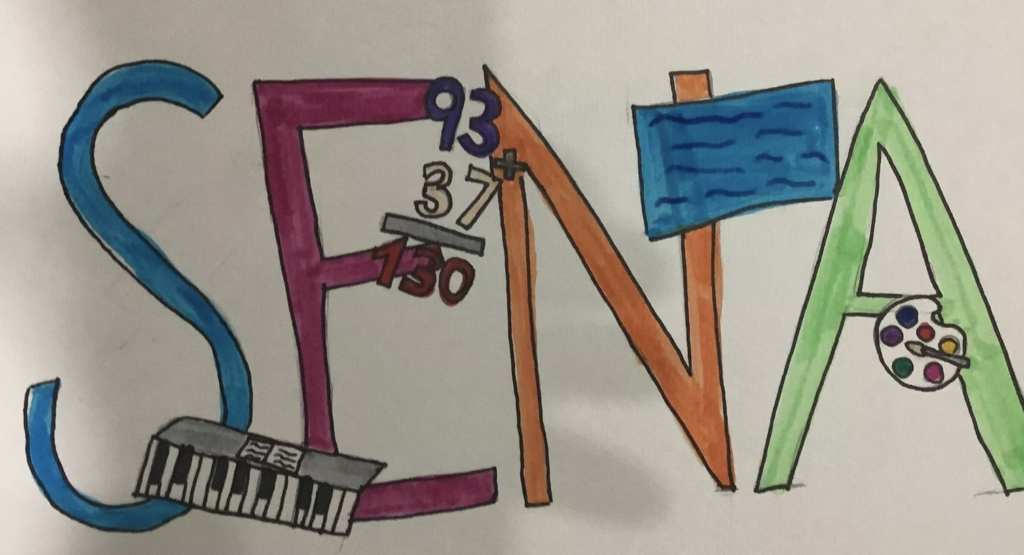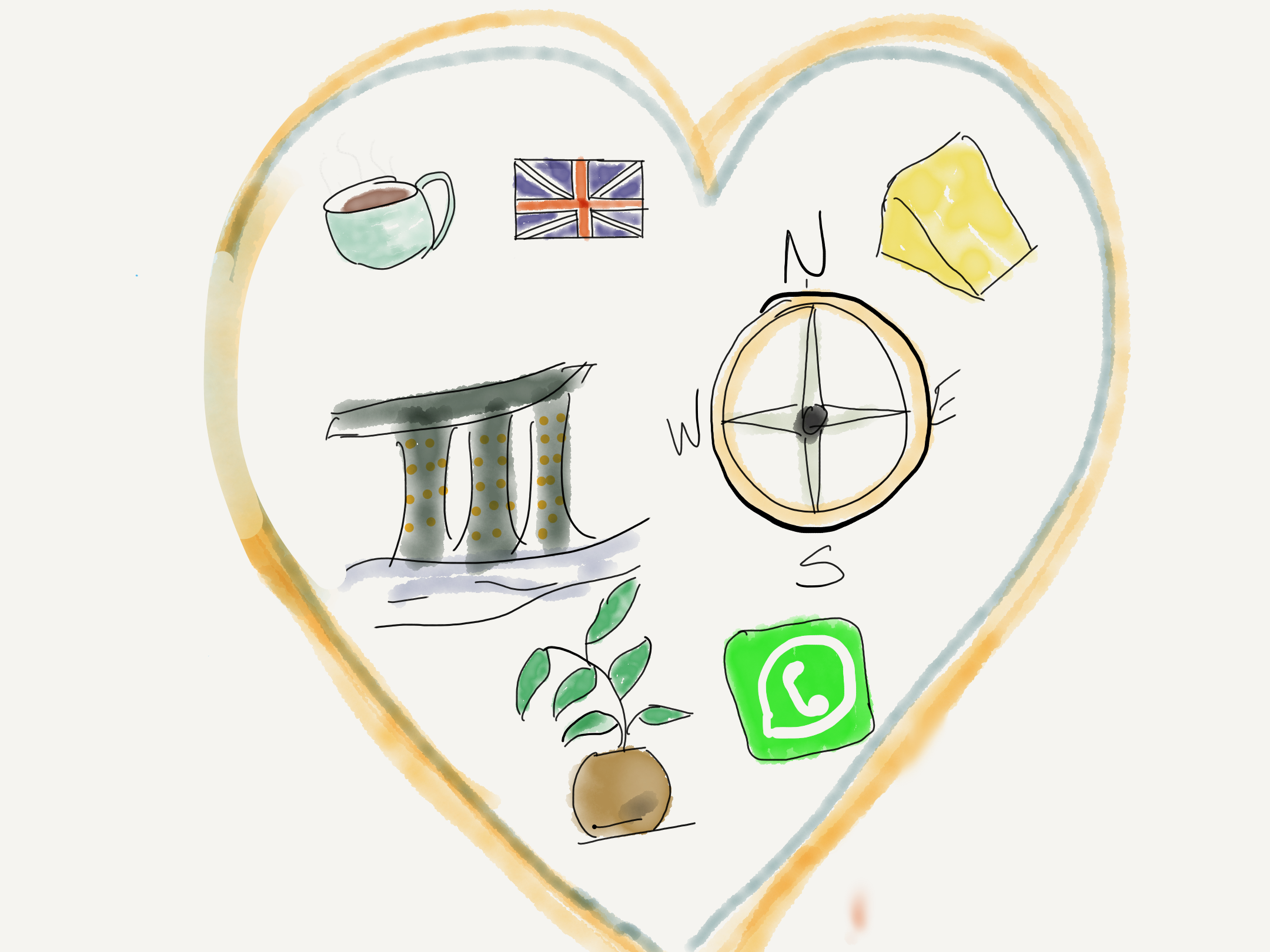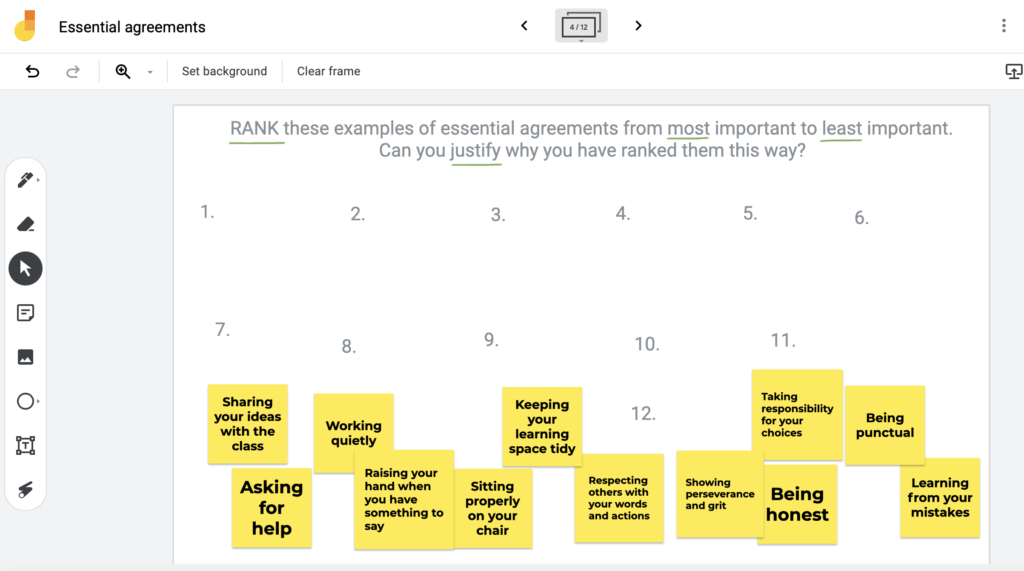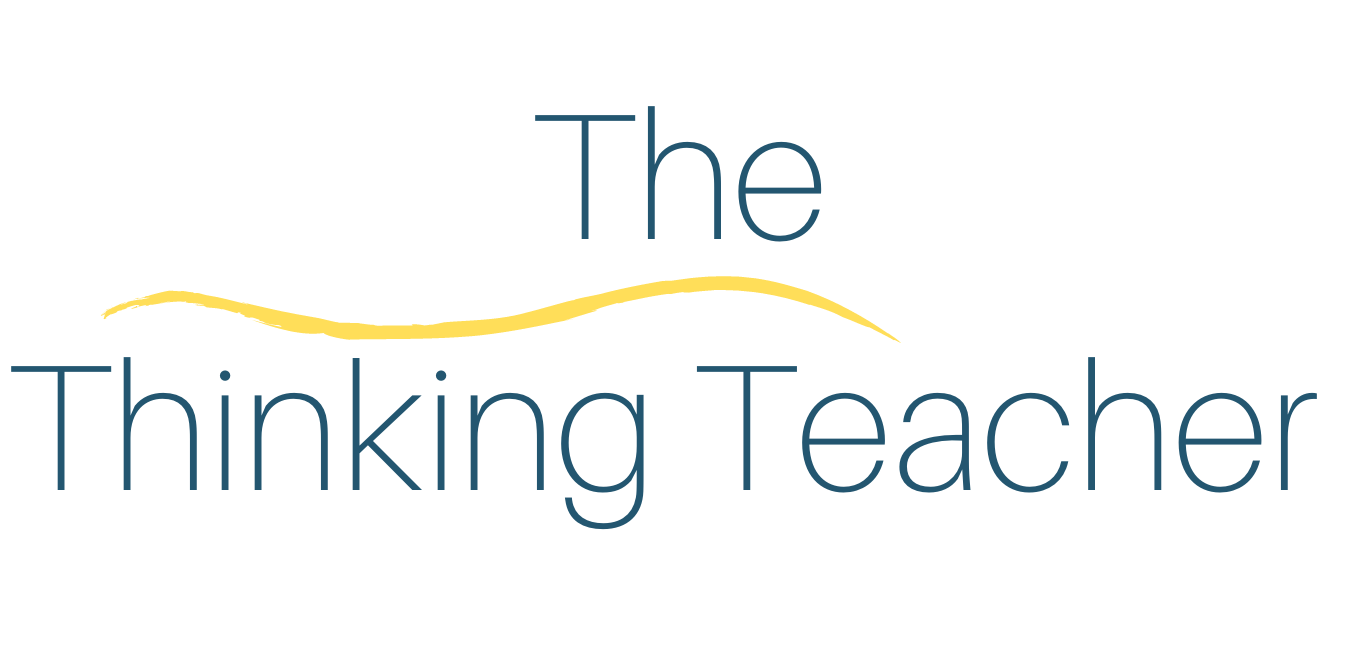How do you Build a Classroom Community when Teaching Online?

The start of the school year can be an exciting time, filled with many emotions for both students and teachers. These first few days and weeks can be crucial in helping students adjust and feel settled so they are ready to learn. For this reason, creating opportunities for students to get to know each other and build a sense of community is often a priority.
But how can this be achieved in the same way when starting the school year online? While there are many natural opportunities during the school day for students to interact, many of these are not possible when teaching virtually. We can often underestimate the impact recess and other unstructured periods of the day can have on student’s ability to bond and build relationships. With periods of online learning become more likely, it is worth considering how traditional lessons and methods can be adapted for online learning.
The value of names
Recognising the importance of our names and taking the time to learn other people’s names can be an important part of building trust and feeling valued. For students of different nationalities, their names can often be unfamiliar to other students which can be a source of anxiety. Taking the time to learn each other’s names and the correct pronunciation can go a long way in building a sense of community.
Your Name is Song by Jamilah Thompkins-Bigelow is a great book to introduce the importance of names. In this story, the young girl is frustrated that her teachers and classmates struggle to pronounce her name. Her mother encourages her to understand names as songs which helps her teacher and classmates to be able to pronounce her name.
Begin the lesson by reading the story. Encourage students to empathise with the character and share their own experiences with names. If this is one of the first lessons taught, students can then share their names with the class, encouraging classmates to pay attention to the pronunciation. For the main part of the activity, students will create name cards and add drawings and colours that represent different parts of their identity. Students can draw these on paper or use any number of drawing apps like Paper. Once students have created their name cards they can share them with each other by taking a photo and uploading it to a Google slide or Padlet.


Guess the student!
This is a fun way for students to learn more about each other and to see what interests they have in common.
Create a Google form asking students to list up to three interesting or unique facts about themselves. Give students examples, such as the number of siblings they have, countries they have lived in, or unusual things they like. Students will need to think of at least one fact to be able to play. Once students have complete the Google form, use this information to create a quiz. There are a number of online tools you can use to make a quiz. Kahoot is one of my favourites!
The simplest way to create the quiz is to have student names as the answers. For example, ‘Who has live in Tanzania?’ Then list 4 students as the answers. I also like to add photos of students under their names to help them recognise each other and learn their names.
This activity not only helps students relax and feel more comfortable but it also helps them make connections with other students, discovering similar hobbies or interests.
Heart maps
Heart maps provide another opportunity for students to learn more about each other and create connections. For this activity, students draw clues about themselves to help others learn more about them. For example, a character from their favourite book, the flag of a country they have lived in, or an artifact that represents their culture.
I like to begin this lesson by sharing my heart map with students. This provides a model for those students who need it and can also help students learn more about me. Encourage students to think about how they can include clues that may be less obvious. For example, rather than drawing their favourite food, they could draw the flag of the country the dish originates from. Less obvious clues will provide students with discussion points and encourage them to ask questions when they share their heart maps.
Students can draw their heart maps on paper and then take a photo to share with the class or use a drawing app like Paper. Once they have finished, each student can share their heart map with the class so other students can guess what the drawings represent or mean. They can be shared on a Google slide or Padlet.

Classroom agreements
Classroom agreements or rules are often created at the beginning of the school year to set clear expectations. Online learning is no different and creating your own essential agreements can not only help students adjust to this new learning environment faster but can also provide an insight into student’s values when it comes to learning and working with others.
Classroom agreements or rules are often created at the beginning of the school year to set clear expectations. Online learning is no different and creating your own essential agreements can not only help students adjust to this new learning environment faster but can also provide an insight into student’s values when it comes to learning and working with others.
Classroom agreements or rules are often created at the beginning of the school year to set clear expectations. Online learning is no different and creating your own essential agreements can not only help students adjust to this new learning environment faster but can also provide an insight into student’s values when it comes to learning and working with others.

Place students into groups and ask them to rank these agreements from most important to least. Ranking these agreements will encourage students to articulate what they think is important and reveal their values around learning. For example, some students may value and rank behaviours such as being on time or raising their hand as more important while other students may value learning behaviours such as perseverance more. This activity can provide the basis for conversations around what should and should not be included in your own classroom agreement.
Place students into groups and ask them to rank these agreements from most important to least. Ranking these agreements will encourage students to articulate what they think is important and reveal their values around learning. For example, some students may value and rank behaviours such as being on time or raising their hand as more important while other students may value learning behaviours such as perseverance more. This activity can provide the basis for conversations around what should and should not be included in your own classroom agreement.
